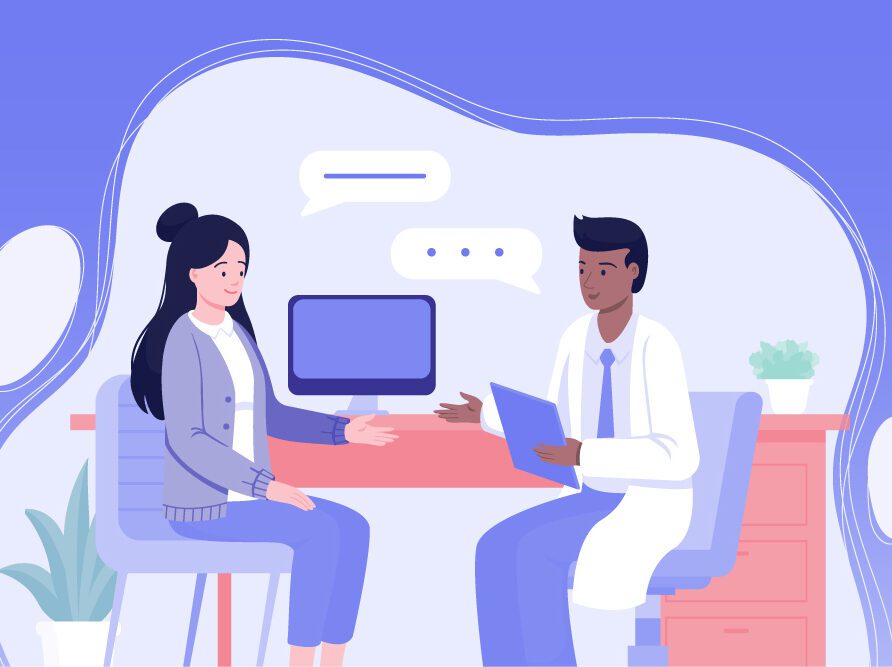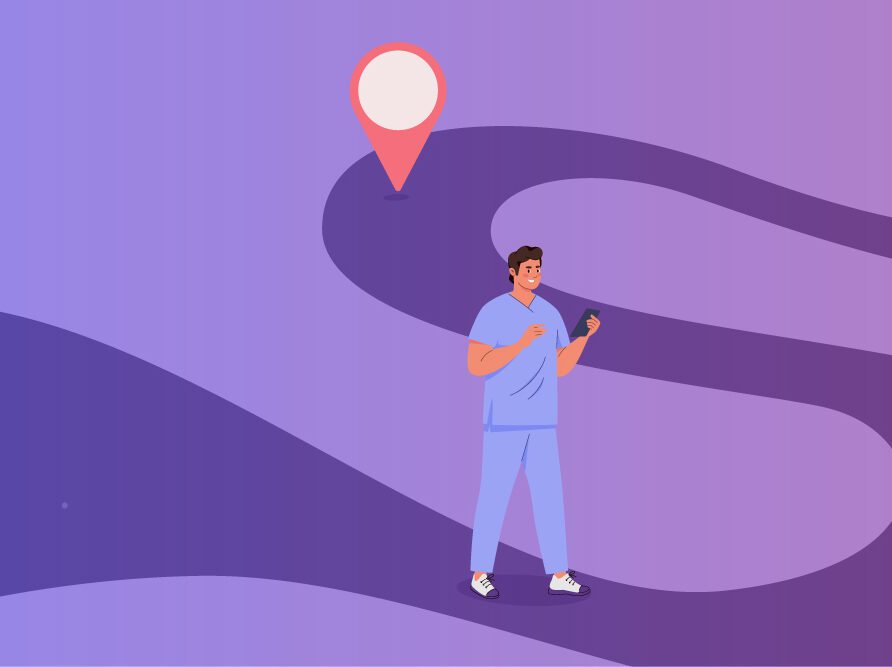Article
Human-Centered Design: Synthesizing research data into actionable insights – Part II
* This content was originally published prior to N. Harris Computer Corporation’s 2022 acquisition of the Allscripts Hospital and Large Physician Practice business segment. Our business is now known as Altera Digital Health.
In Part I of this blog, we looked into the process of synthesizing data found in the field. Or as I like to call it, “the secret sauce” of Human-Centered Design. You’ve got the key findings, all of your models of behavior, tools, culture and environment, and you understand what happened and what needs to change to make your company’s product strong and effective for the people that use it. Now begins the long and rewarding process of reporting what you saw.
Reporting is an art form. The trick is to create a clear, concise, informative and engaging message. A message steeped in data but still light enough to be heard by the masses. Many designers (and clients) want to bypass this step. Those who do might say, “We can create the presentation, don’t worry about it.” What they don’t know is: “simple is hard.” Simplifying and distilling information into manageable chunks is difficult. For designers, it’s not that the audience doesn’t have good intention to make the product better, it’s just the data gets lost in the translation. Instead of asking yourself why your audience isn’t listening, ask yourself, “How can I present the research in a way that it can be heard?”
Who is your audience? The first step to clear communication is understanding your audience. In most cases there will be three audiences for HX research communication, each with their own listening style.
- The designers and developers who do the work. Your message needs to be specific to each portion of the product and state what exactly needs to shift and why.
- The middle tier of managers that direct the work and communicate up the hierarchy chain. For this group, focus on communicating what direction their people could go next and give them a voice in the changes.
- Executives need to hear the findings to define strategy and direction. This audience tends to prefer a series of sound bites that concisely state the problem and provide two-to-three recommended solutions they can choose from. You may want to include value KPIs that map directly to the research findings as an added bonus.
For your research to be properly implemented, you will need to accommodate each audience, their needs and their listening styles.
Start with the long story and edit to the sound bite. Based on the three audiences above, it’s best to start with the longer story. Write out everything you would want to tell a designer or developer and then edit it down to the sound bite presentation for executives. That way, you won’t be digging through notes when a tough question comes up.
Focus on the positive. It’s easy to tell someone they are wrong. It’s more difficult to spin a negative into a positive message for change. If you help the audience feel excited about the behaviors you saw and help them feel confident they can help the situation, then it’s more likely they will listen to the recommendations. For example, try not to use the word should, use the words consider or may. (Only mothers are given the pass to use should.) This gives the audience a choice, rather than a mandate to make a change.
Entertain and inspire while sharing the depth of the research. Just as with any good piece of marketing, humans respond to storytelling and a presentation that speaks to their aspirations. It’s important to remember the audience is attending the research readout because they are interested, they want to understand, they want to succeed and make things better. Seek out ways to message your research and recommendations in an organized and beautiful way. For example, have every presentation slide act as a little “nugget” of information about one topic. Each slide can contain a positive title, a quote, and a photo that tells a short story to support the recommendation/finding.
Help them see themselves in the findings and envision a new bright future together. Throughout the presentation, help the audience connect to the larger whole of the work. Answer the question, what are you attempting to do? Help the humans who use your products have a voice? Heal the industry? If they can connect to the higher good, then they connect with themselves and others. It’s easier to envision a new future together if the audience is linked by a common thread. That connection will guide the project, product, team and the company.
Think of it as creating an experience for the audience. One that will uplift and help them feel good about the findings, the insights, recommendations, and the design team. In the end, change will happen, the team will succeed, and the audience will feel successful.
By resisting the urge to skip reporting, you honor the research and the humans you met along the way.
With gratitude.
Recommended reading:
https://www.presentationzen.com/
https://www.amazon.com/Naked-Presenter-Delivering-Powerful-Presentations-ebook/dp/B004A8ZYZE













